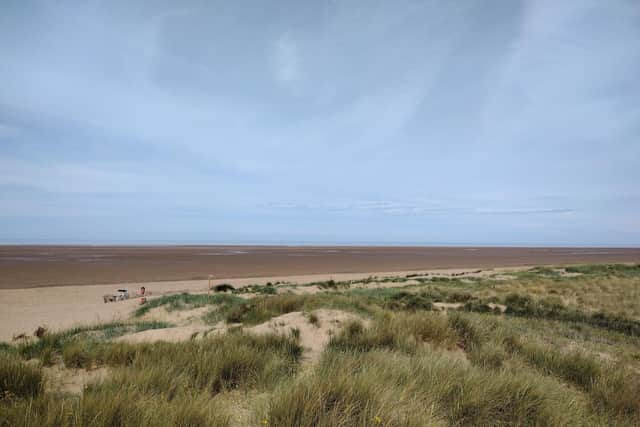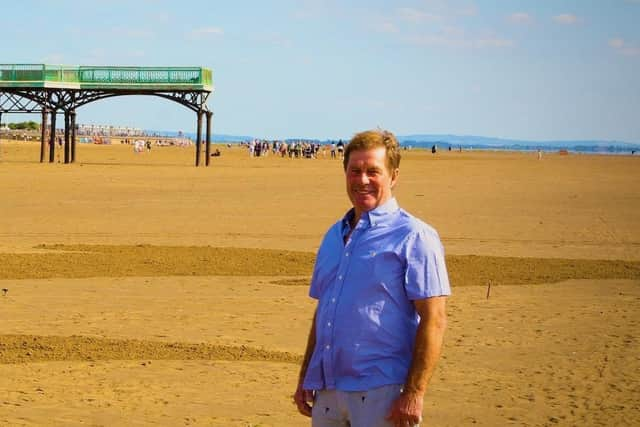Sea water quality at St Annes quickly restored after spring tide scare, councillors assured
and live on Freeview channel 276
Levels of E-coli - which is always present in water - fell to 160 colony-forming units (cfu) per 100ml at St Annes North on May 19; the accepted level is 500cfu per 100ml, says experts from the Environment Agency (EA) and water company United Utilities (UU).
A report commissioned by a commercial waste company highlighted one reading of 8,400cfu three days earlier, after a combination of heavy rains and Spring High Tide combined, leading to an expected increase in readings close to all estuaries.
Advertisement
Hide AdAdvertisement
Hide AdRepresentatives of the EA and UU told members of Fylde Council's Environment, Health and Housing Committee that water quality was restored within days, and that one single reading should never be used to determine water quality - around 20 readings across four months or even years is the norm.


Both St Annes and St Annes North met water quality standards despite the one-off high reading.
Committee chairman Coun Tommy Threlfall called the agencies in for questioning after the damaging report hit the national press.
He said: "We are concerned at the water quality and wanted to make our point to the Environment Agency and United Utilities who agreed to be questioned by councillors.
Advertisement
Hide AdAdvertisement
Hide Ad

"We must remain vigilant and ensure everything possible is done to protect our sea and beach. The report that came out was worrying - but it was also plainly irresponsible to publish a report based on one cherry-picked and headline-grabbing reading, possibly causing huge damage to our beautiful seaside town and the tremendous events we hold on the beach. We told the agencies that inaccuracies, or singular high readings, can be incredibly costly to our businesses.
"We pressed United Utilities on storm overflows and the Environment Agency on action to help prevent animal waste reaching the River Ribble – and make no mistake there is always plenty to be done. I was pleased to hear steps are being taken to improve our water quality but rest assured, we will be holding these agencies to account to ensure we see improvements."
Councillors were told the Environment Agency had designated St Annes North as a priority bathing water which will see extra checks made on the coastline and along the River Ribble and its tributaries, with more than 30 farm inspections in the past year and 50 farmers contacted regarding steps to take to prevent animal waste reaching the waterway.
United Utilities revealed they were working on a new £745-million five-year programme of works to further improve water quality across the North West, including separating some combined sewer and drainage systems, and with the Ribble estuary set to benefit from multiple projects along its course, which should lead to improved water quality in Lytham and St Annes.
Advertisement
Hide AdAdvertisement
Hide AdCouncillors were also told that despite multiple reports of UU discharging storm water from combined sewers into waterways this season, only one instance had taken place and that was caused by repair contractor triggering the alarm. Both agencies confirmed no discharges were made that day.
In 1988, just 18 per cent of North West beaches were compliant with water standards - today that figure is 100 per cent against more stringent measures.
